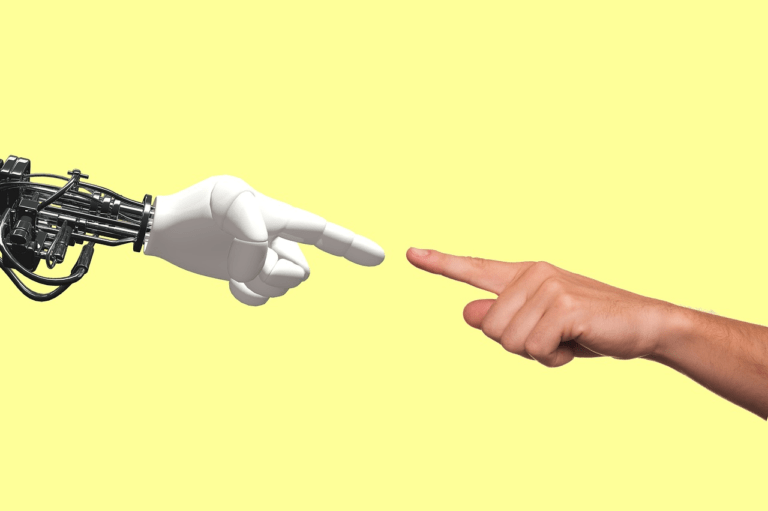
So many of our customers have gone to extreme lengths to find every possible opportunity to deliver optimized workflow for multiple processes throughout their organizations. These companies end up being our most loyal customers, and here’s why – customizing workflows quickly and at the point of work is difficult. Often our customers have iterated and improved upon these processes to optimize workflows for their type of business and organization. By using customized voice interfaces in conjunction with hardware command automation, our customers have taken another step in that evolution. It’s also exciting to learn that we are discovering something very interesting, humans are more flexible and can learn changes on the fly, providing additional extremely valuable insight into the process improvement, and optimal voice usage in the workflow and process – robots don’t have this ability. As a result, the trend for humans to replace robots is gaining significant traction at some of the world’s largest manufacturers and distributors.
Why are robots being replaced with humans? Robots require programming, they cannot give the perspective that humans can, and with the proliferation of customized product lines that offer an enormous array of different configurations and options, evidence is emerging that it is more effective to have a person, rather than a robot, responsible for strategic work areas. Critical work requirements and insightful input have become necessary for organizations to continue down the path of future proofing their businesses, allowing for human capital to provide flexibility and intelligence for certain processes and adding significantly more value compared to a robot that offers a repetitive constant when it comes to work.
We live in a “right now” delivery culture. This perspective has made large companies reevaluate the effectiveness of machines versus human. Plus, there may be a SAVINGS of capital by employing people rather than robots. Many companies are assessing the flexibility of using people for their capabilities versus robotics. Manufacturing and distribution companies that have a detailed handle on their workflows are able evaluate risk assessments regarding the differences and are taking a hard look at what the best avenue for their future might be.
Leading brands are now speaking about this movement. Markus Schaefer of Daimler, quoted in an interview with Bloomberg (via MIT Technology Review), revealed that hiring people over robots was strictly a business decision. “Robots can’t deal with the degree of individualization and the many variants that we have today. We’re saving money and safeguarding our future by employing more people.”
Other recent studies from Ball State University and Villanova University show unexpected side effects of the rise of automation as reported in Inc. Magazine, “The study found that with every 10 percentage-point increase in automation risk, employees’ general health was 2.38 percent worse–and their mental health 0.6 percent worse. ” This additional “automation risk” should be considered. If the human capital productivity declines when automated workers are added, how might this impact the overall return for the project? If the most effective employees suffer from high levels of stress, what is the impact for overall productivity?
This reflective look at the future of robotics, repetitive experts at a single function, is a perspective that many companies are undertaking. Every technology reaches a point of diminishing returns. It appears that a company’s vision regarding continuous improvement is now requiring an analysis of their mechanical employees and realizing the future value of investing in people and complementary technologies that empower and enable those workers to become even more valuable human capital assets through observational expertise.
The popular love affair with robots is slowly showing signs of erosion. In manufacturing, the news regarding Tesla from Bernstein analysts that provide insight into the limitations and negative results when too much is expected from robotics. While many analyst luminaries will tell us to wait for maturation of artificial intelligence (AI), the fact is that people can adapt, offer insight and change at the point of action, to immediately provide the critical knowledge necessary to move the process forward. Instead of replacing people, forward thinking companies are now investing in them, providing technology that supports decision making and input, rewarding outstanding performance and requiring commitment on both sides. Newer devices, with peripheral benefits like wearable glasses, truly augmented and customized voice interfaces and real time video capability are examples of what today’s leadership is providing to the employees for the best implementation of process improvement. There was an old saying that robots were terrific because they didn’t talk back; now, that’s exactly what management wants.
There is no panacea technology for the evolution of the supply chain at any level. Every step forward involves a new perspective or tool that needs to be evaluated for every individual company and workflow. This is why professionals that do this job are constantly evaluating, reevaluating, doing research, talking to peers and always striving for the best solution available at any given time. And THAT is something a robot can never do.